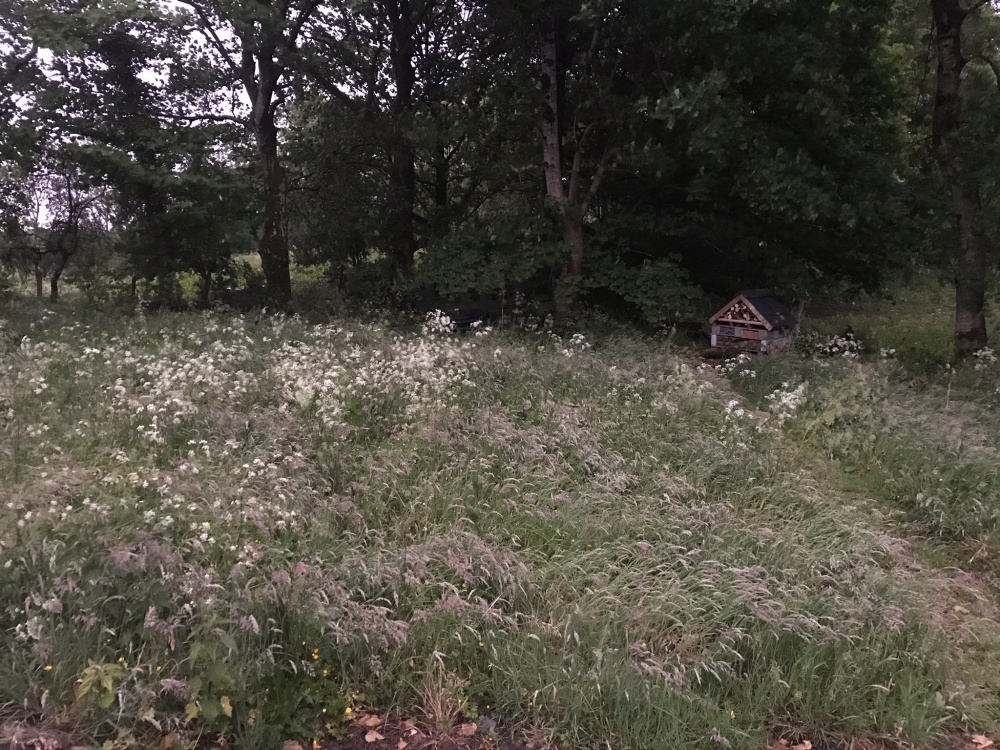This Forum will close on Wednesday 27 March, 2024. Please refer to the announcement on the Discussions page for further detail.
Wildflower Garden
Hey, hoping you can help! We’re in the middle of wanting to do up a perennial/annual wild flower garden. It’s roughly 25 x15m. Currently it’s has loads of naturalised snowdrops which I don’t want to disturb, then comes the grass mixed with weeds. Was thinking of cutting and lifting  grass, spray with glyphosate leave a couple of weeks then cover with a few inches of topsoil and sow wildflower seed. Would this work? Any opinions/advice would be appreciated!!
grass, spray with glyphosate leave a couple of weeks then cover with a few inches of topsoil and sow wildflower seed. Would this work? Any opinions/advice would be appreciated!!
 grass, spray with glyphosate leave a couple of weeks then cover with a few inches of topsoil and sow wildflower seed. Would this work? Any opinions/advice would be appreciated!!
grass, spray with glyphosate leave a couple of weeks then cover with a few inches of topsoil and sow wildflower seed. Would this work? Any opinions/advice would be appreciated!!0
Posts
We have a (much smaller) area under trees we are currently turning into a wildflower area. We haven’t as much grass as you to contend with but are weeding out some of our garden thugs (alkanet and nettles) and will then use a shady wildflower seed mix and plugs.
East facing, top of a hill clay-loam, cultivated for centuries (7 years by me). Birmingham